
| Recorded by: Ken Kneidel on 2025-07-21
Mecklenburg Co.
Comment: | 
| Recorded by: David George, Jeff Niznik, Jim Petranka, Becky Elkin on 2025-05-24
Richmond Co.
Comment: |

| Recorded by: David George, Jeff Niznik on 2025-05-24
Richmond Co.
Comment: | 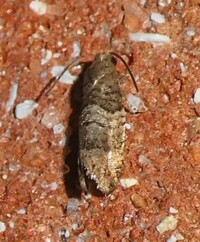
| Recorded by: Simpson Eason on 2025-05-23
Durham Co.
Comment: |
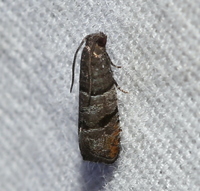
| Recorded by: David George on 2025-05-17
Durham Co.
Comment: | 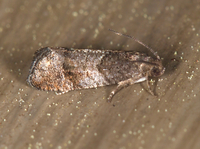
| Recorded by: Jim Petranka on 2025-05-16
Madison Co.
Comment: |
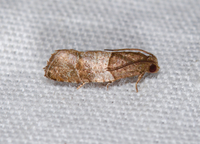
| Recorded by: Jim Petranka, John Petranka and Becky Elkin on 2025-05-09
Cumberland Co.
Comment: | 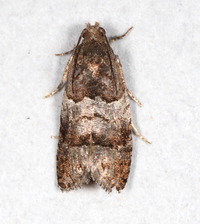
| Recorded by: John Petranka, Jim Petranka and Becky Elkin on 2025-05-08
Harnett Co.
Comment: |

| Recorded by: John Petranka, Jim Petranka and Becky Elkin on 2025-05-08
Harnett Co.
Comment: | 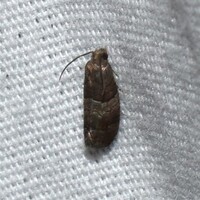
| Recorded by: David George, Jeff Niznik, Stephen Dunn on 2024-06-29
Chatham Co.
Comment: |

| Recorded by: Jim Petranka on 2024-06-29
Madison Co.
Comment: | 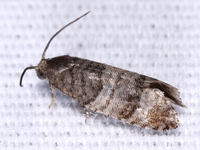
| Recorded by: John Petranka on 2024-06-23
Orange Co.
Comment: |
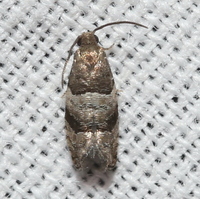
| Recorded by: David George, Tracy Feldman, Jeff Niznik, Rich Teper, Patrick Coin, Becky Watkins on 2024-06-08
Wake Co.
Comment: | 
| Recorded by: Jim Petranka on 2024-06-02
Madison Co.
Comment: |
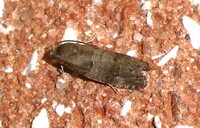
| Recorded by: Simpson Eason on 2024-05-18
Durham Co.
Comment: | 
| Recorded by: David George, Rich Teper on 2024-05-13
Chatham Co.
Comment: |
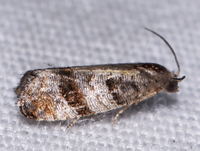
| Recorded by: John Petranka, David George on 2023-07-07
Orange Co.
Comment: | 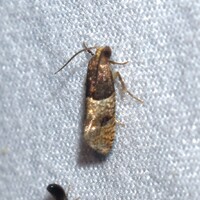
| Recorded by: Jeff Niznik on 2023-07-04
Orange Co.
Comment: |

| Recorded by: John Petranka, David George on 2023-06-30
Orange Co.
Comment: | 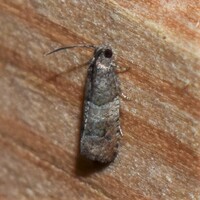
| Recorded by: David George, Stephen Dunn, Jeff Niznik on 2023-06-25
Orange Co.
Comment: |
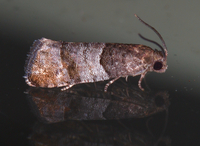
| Recorded by: Jim Petranka on 2023-06-21
Madison Co.
Comment: | 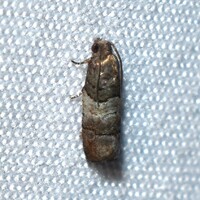
| Recorded by: Jeff Niznik on 2023-06-17
New Hanover Co.
Comment: |
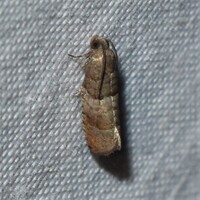
| Recorded by: David George, Jeff Niznik on 2023-06-06
Durham Co.
Comment: | 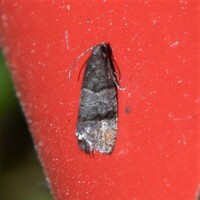
| Recorded by: David George, Stephen Dunn, Jeff Niznik on 2023-06-03
Orange Co.
Comment: |
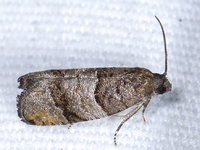
| Recorded by: John Petranka on 2023-06-02
Orange Co.
Comment: | 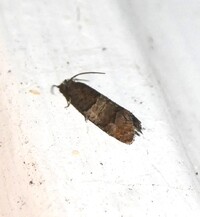
| Recorded by: Simpson Eason on 2023-06-01
Durham Co.
Comment: |
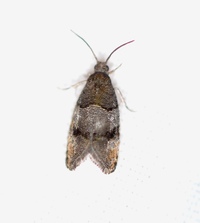
| Recorded by: Stephen Dunn on 2023-05-31
Orange Co.
Comment: | 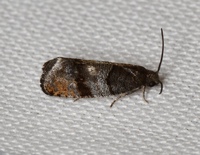
| Recorded by: Stephen Dunn on 2023-05-31
Orange Co.
Comment: |
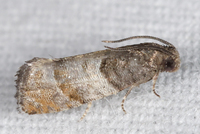
| Recorded by: John Petranka on 2023-05-29
Orange Co.
Comment: | 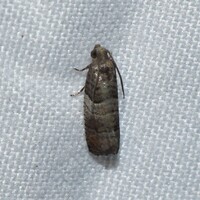
| Recorded by: David George, Jeff Niznik, Rich Teper, Erich Hofmann, Jesse Anderson on 2023-05-22
New Hanover Co.
Comment: |
|

 »
»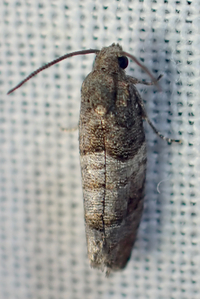

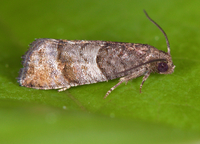

 »
»

